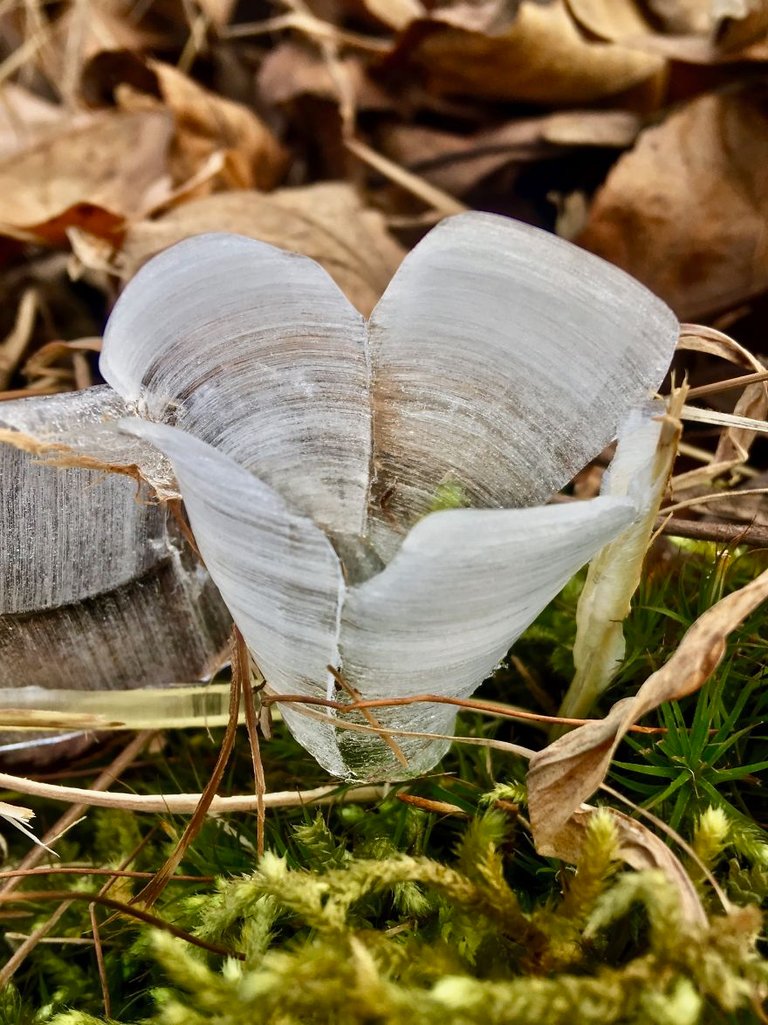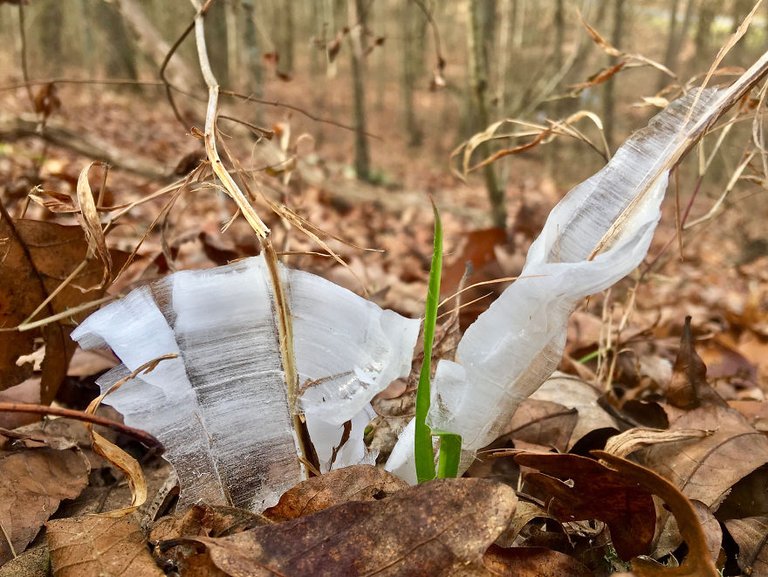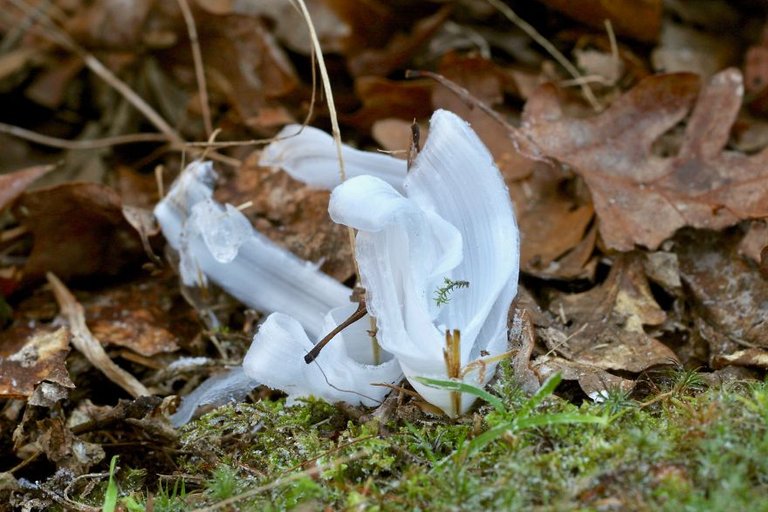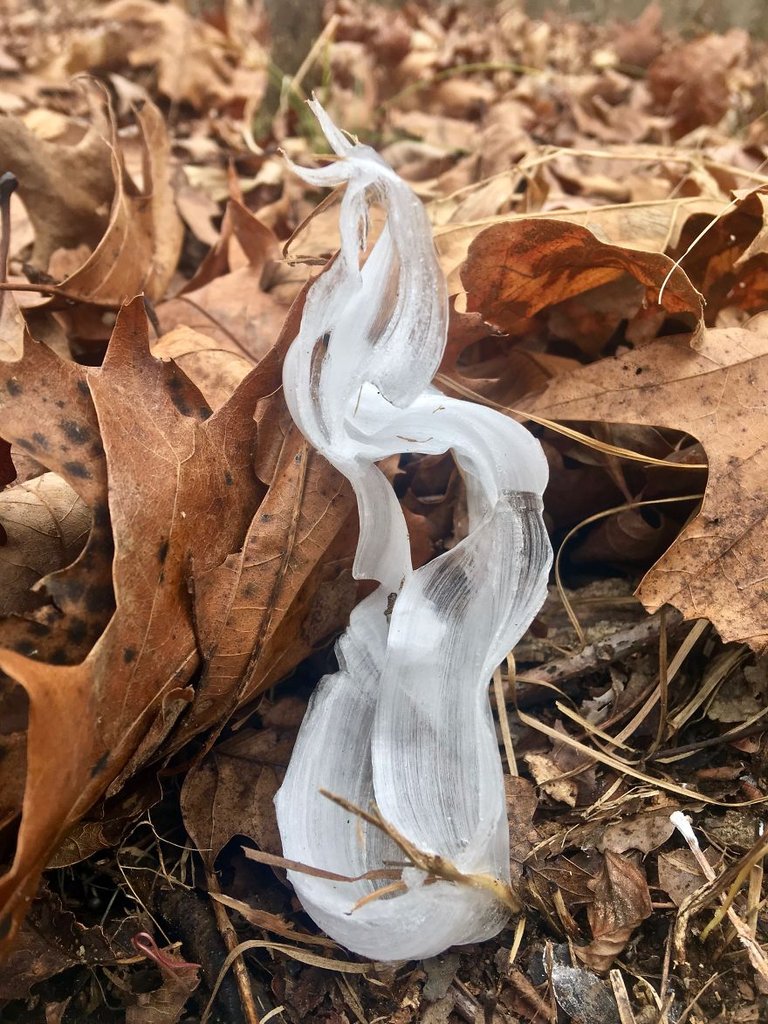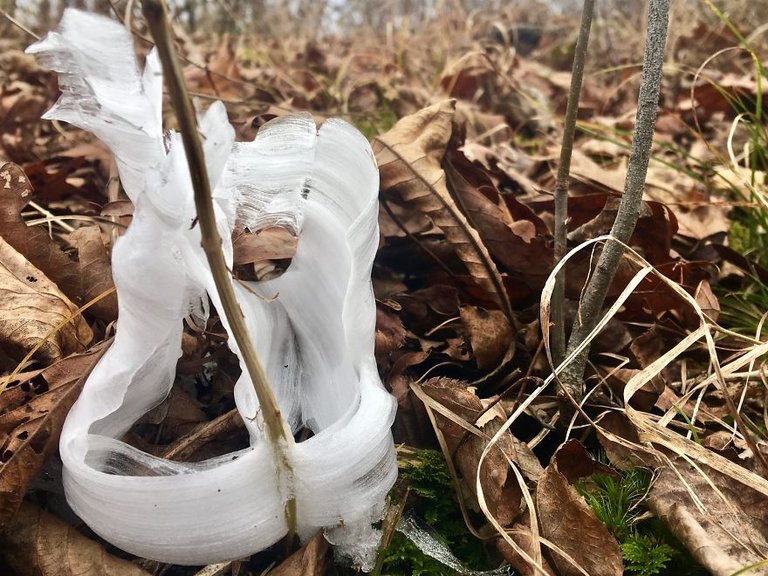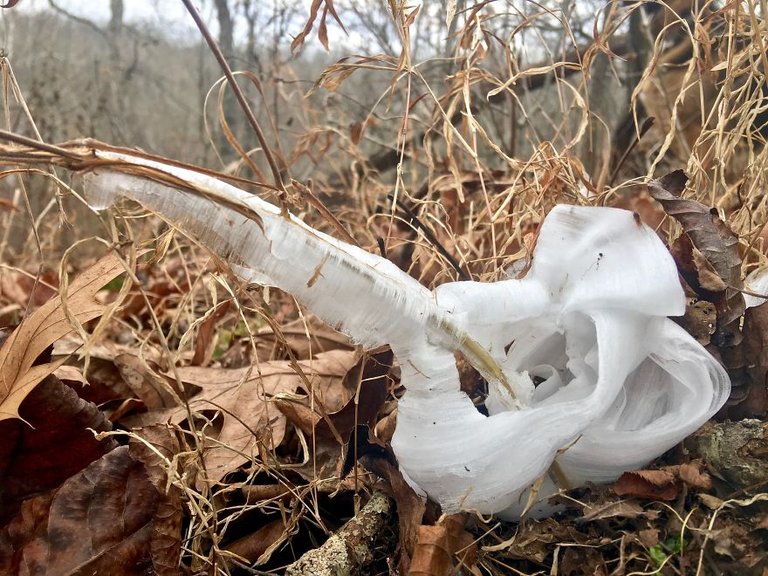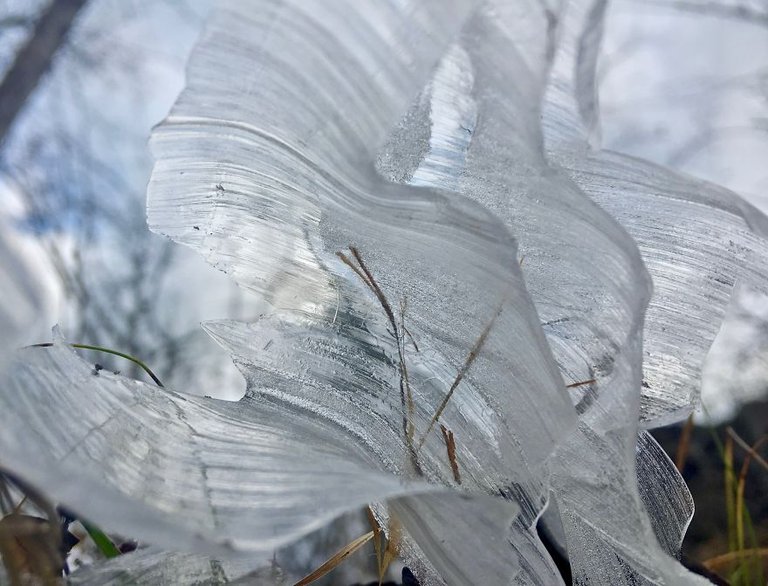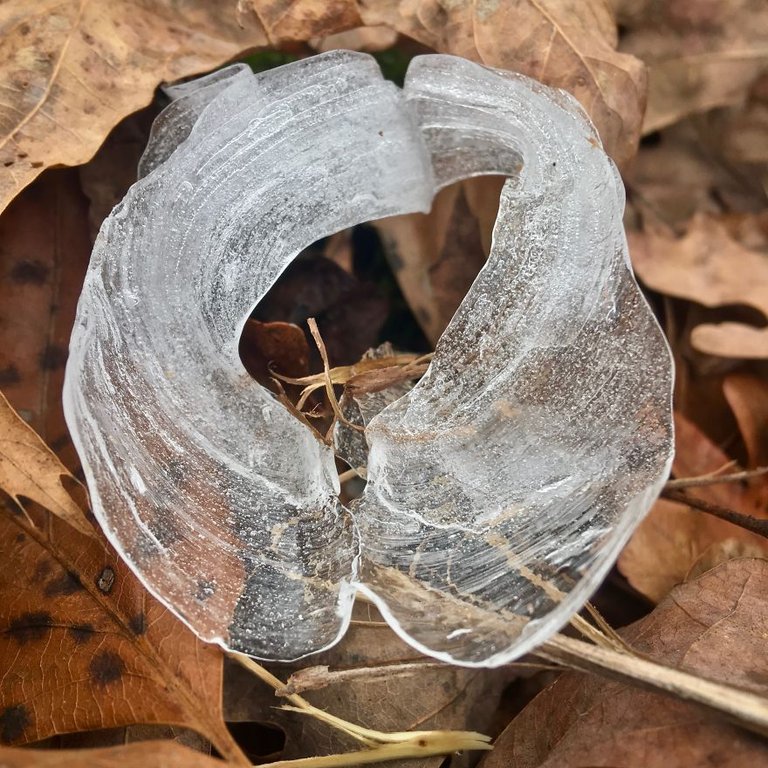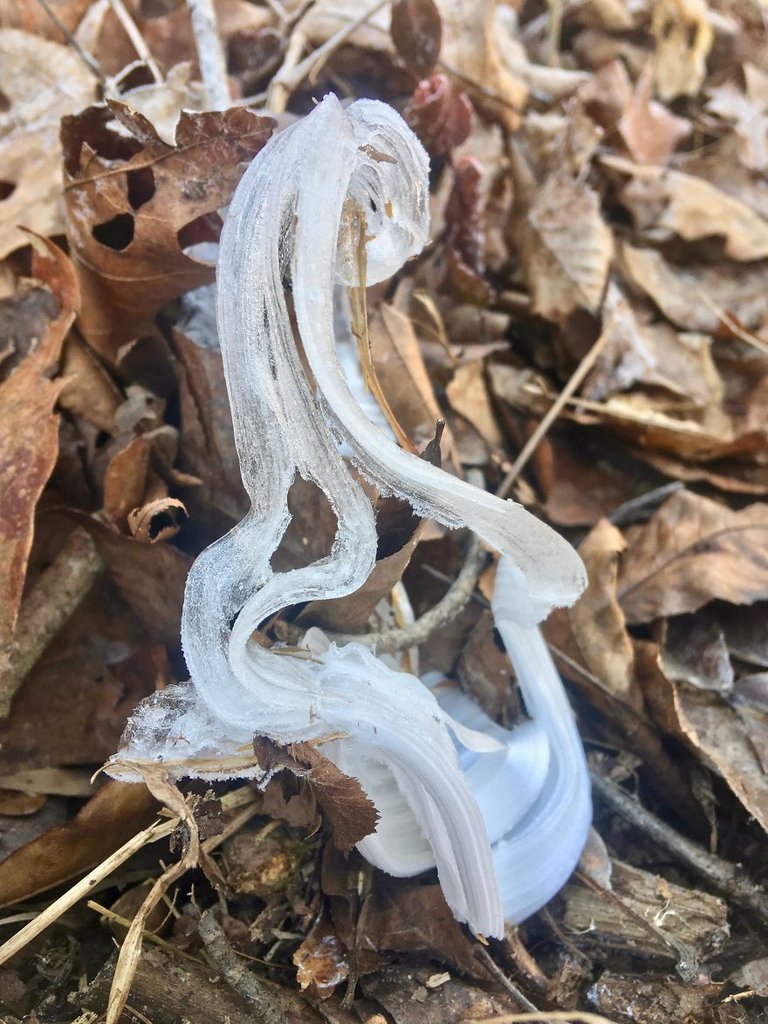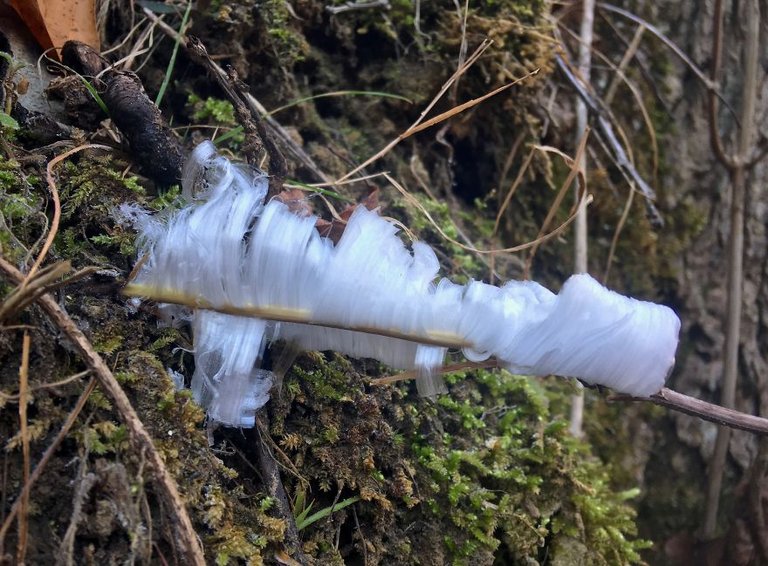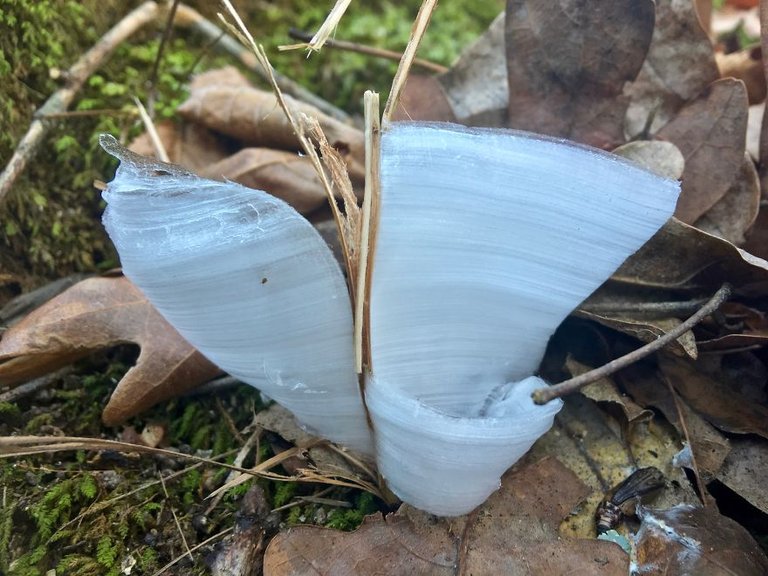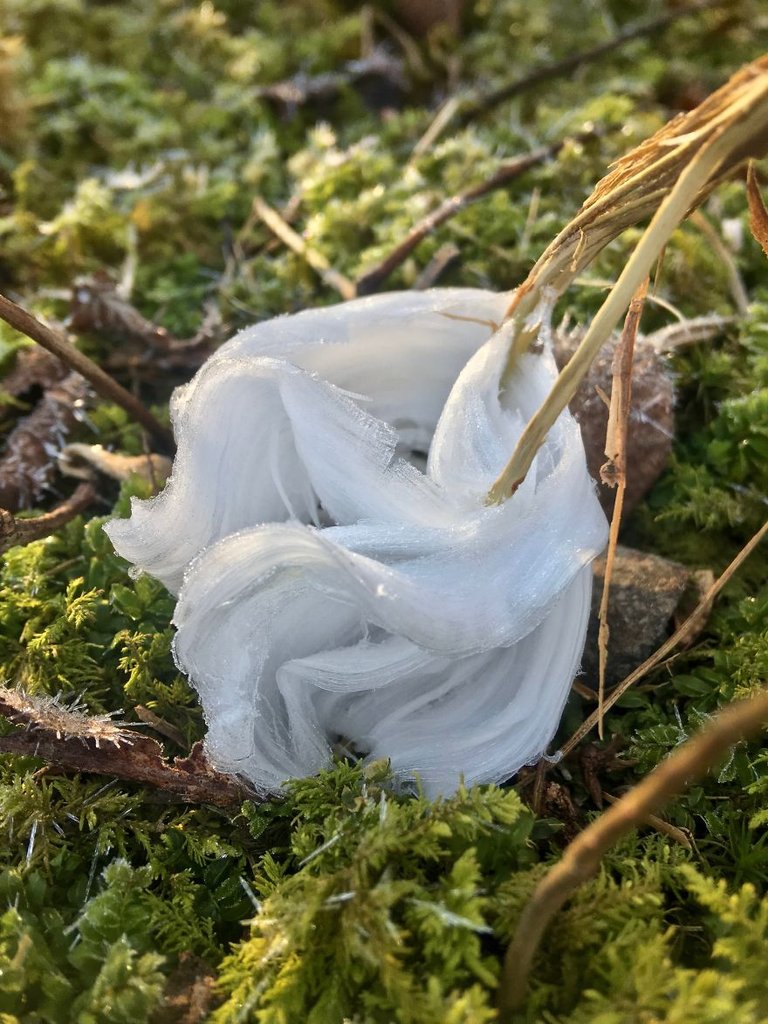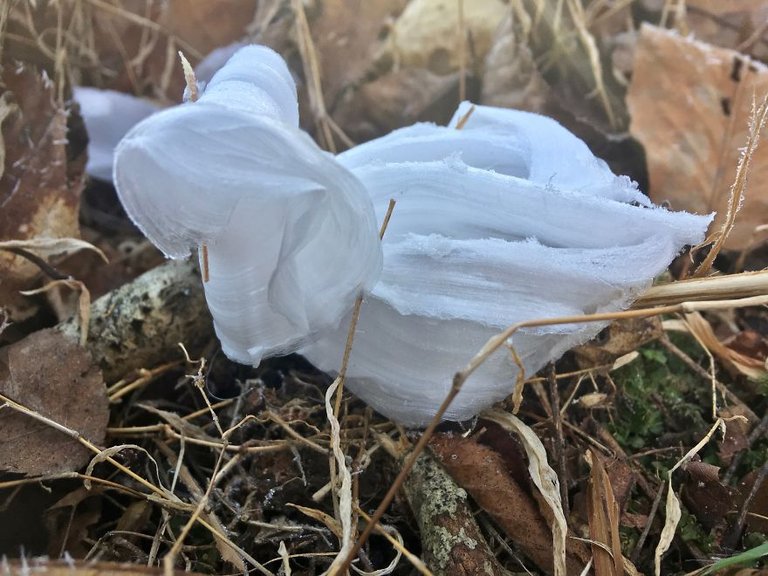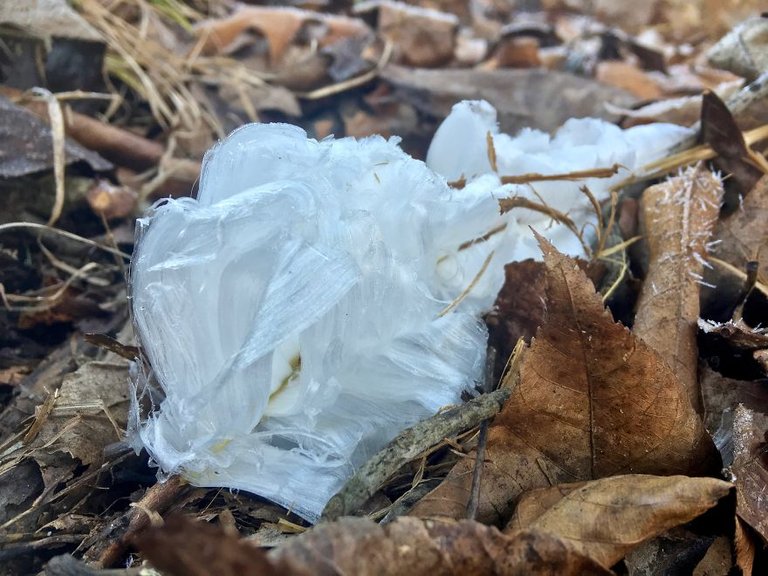Hello, I’m Mike Chervinko, a serious amateur photographer with a passion for capturing the rare, the beautiful, and the unusual in nature. I think Frost Flowers capture all three criteria nicely. This has been a spectacular year for their formation in my neck of the woods (no pun intended!). People have been responding very favorably to looking at my photos, so I thought they’d be a good candidate for your platform. The science behind their formation is as fascinating as their forms and can be read below. Thank you for your consideration.
Respectfully, Mike Chervinko
The science behind Frost Flower formation is as fascinating as their forms. The air must be below freezing while the temperature of the ground must be above freezing. Water from the unfrozen ground will continue to pipe up from the roots into the stem, making sap. Due to the freezing air, the sap freezes, expands and cracks the stems. The water continues to be piped up from the roots and leaks out of the cracks, freezing instantly. As more water leaks out of the cracks it freezes too and pushes the already frozen parts out further into the air. This cycle endlessly continues and allows for the growth of incredible ribbons or “petals” of ice. This phenomena only happens in select plants, including Wild Oregano and Yellow Ironweed. Similarly to their cousin, the snowflake, no two are alike. Every twist, turn and curl is unique leading to a dizzying array of variation. With that being said, I speculate there are a limited number of basic shapes they can take on (the bigger diversity lies within the unlimited amount of variance within each basic shape). However, one common feature of all Frost Flowers is the striation lines found within their ribbons. I suspect those lines are a clue to how the water leaks out of the cracks.
All curled up
Vase
Race track
Snail
Cave of the Ice Fairy
Ice Fungus
Fire and Ice
Untitled
Phallic Ice
Through the Ice Petal
Hugs
Music Term
Cotton Candy
Untitled
Untitled
Phonograph Player
Meteorite

